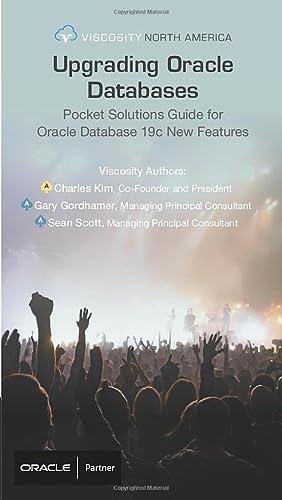Answered step by step
Verified Expert Solution
Question
1 Approved Answer
exercise 1 Paragraph 144 Chapter 9-A Third Look at ML The fo expression for creating anonymous functions (using matches). The idea of higher-order functions The

exercise 1
Paragraph 144 Chapter 9-A Third Look at ML The fo expression for creating anonymous functions (using matches). The idea of higher-order functions The idea of currying. ? The long and short forms for writing curried functions. .The predefined, curried, higher-order functions map, folds, and foldl Exercises The first 25 exercises should all have one-line solutions using map, foldr or foldl You can also use other predefined functions, of course, but do not write any additional named functions and do not use explicit recursion. If you need helper functions, use anonymous ones. For example, if the problem says "write a function add2 that takes an int list and returns the same list with 2 added to every element," your answer should be fun add2 x map (fo aa +2)x You have seen some of these problems before. The trick now is to solve them in this new, concise form Exercise 1 Write a function i12rI of type int list- > real list that takes a list of integers and returns a list of the same numbers converted to type real. For Oxample, if you evaluate i12r1 [1,2, 3] you should get 1:02.0, 3.01 Exercise 2 Write a function ordlist of type char 1 ist-> int 1 ist that takes a list of characters and returns the list of the integer codes of those characters. For example if you evaluate ordlist "And # "b", # you should get [65.98, 671Step by Step Solution
There are 3 Steps involved in it
Step: 1

Get Instant Access to Expert-Tailored Solutions
See step-by-step solutions with expert insights and AI powered tools for academic success
Step: 2

Step: 3

Ace Your Homework with AI
Get the answers you need in no time with our AI-driven, step-by-step assistance
Get Started


